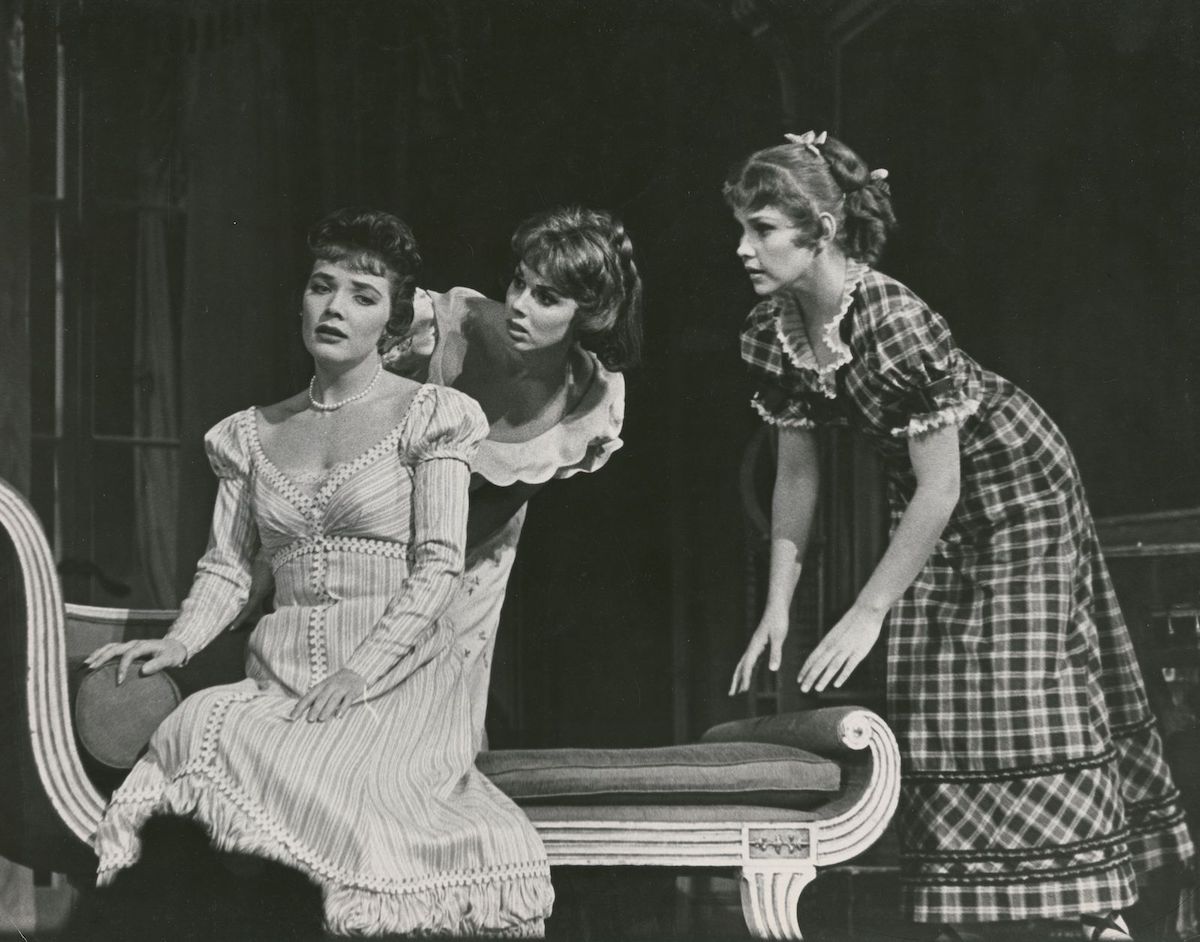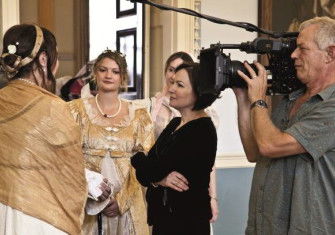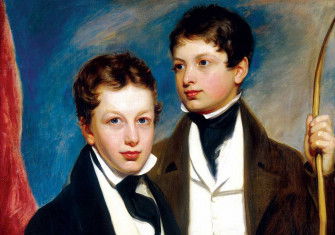‘Jane Austen’s Wardrobe’ by Hilary Davidson review
Jane Austen’s Wardrobe by Hilary Davidson seeks to provide the context that more than two centuries of changes in fashion have obscured.

In her fiction, Jane Austen rarely made use of descriptions of clothing. The contemporary reader was assumed to understand exactly what her characters ought to be wearing and how much clothing they would possess: the difference between the wardrobes of the wealthy Emma Woodhouse and the poor Jane Fairfax could be easily imagined, and it would be obvious what sort of (and how few) gowns Fanny Price would have had as the overlooked ward of a baronet in Mansfield Park. Modern readers require assistance to understand exactly what clothing meant to Austen’s contemporaries, and to the author herself.
Jane Austen’s Wardrobe seeks to provide the context that more than two centuries of changes in fashion have obscured. As a detailed examination of every item of clothing Austen mentioned in her copious letters, in addition to the rather scantier surviving pieces of clothing known to have been hers and the items worn in the only two known portraits of the author (both by her sister, Cassandra), it provides as close to a comprehensive look at her wardrobe as is possible. Prior to the emergence of the regular magazine as a means of disseminating new fashions, it can be difficult to pinpoint changing trends with accuracy. Even after the fashion periodical’s rise in the late 18th century, the specifics of an ordinary person’s wardrobe at any point in time can be shrouded in mystery. While Davidson cannot tell us when Austen got rid of this or that accessory or piece of clothing, her book provides significantly more detail than is generally known about any individual wardrobe.
Each garment Davidson has identified is given its own entry with a description and the date it was acquired. Images are naturally a problem, but Davidson has found pictures of similar garments or textiles – whether in extant pieces, paintings or fashion plates – which help the reader. Clothing can reveal biography as well as taste: a ‘bugle bead headdress’, for instance, mentioned by Austen in a letter of 30 April 1811, confirms her attendance at a party held by her brother’s wife on the 23rd of that month. In a letter dated 14-15 October 1813, Austen describes a blue gown with flounces (a piece of fabric sewn into folds and sewn to a garment). Later correspondence is quoted to show Austen’s knowledge of trends relating to flounces, as well as an 1807 letter describing ‘five breadths of Linen’ going into a flounce.
In some cases, there is little to say about a specific item. This is where Davidson’s knowledge of Regency fashion and textiles shines. A reference to ‘combs’ that are ‘very pretty’ in a letter of 27 October 1800 is illustrated with small watercolours that show how these items were actually worn, including a cheeky picture from Regency artist Diana Sperling’s Mrs. Hurst Dancing and Other Scenes from Regency Life, 1812-1823, depicting Sperling’s comb falling out while riding on horseback. Davidson explains the niceties of the haircuts that allowed such coiffures to work; when unstyled they would resemble the classic mullets of the 1980s.
Inevitably the surviving garments are the stars of the show, Austen’s brown silk pelisse coat among them. Davidson has previously published details of the pelisse and its manufacture in academic works; here, its production is accessible to the interested lay reader. It is to be hoped that her book will inspire similar works that explore the clothing of other historical figures. ‘It would be mortifying to the feelings of many ladies, could they be made to understand how little the heart of a man is affected by what is costly or new in their attire’, wrote Austen in Northanger Abbey. Maybe so, but for the historian such knowledge can be invaluable.
- Jane Austen’s Wardrobe
Hilary Davidson
Yale University Press, 240pp, £25
Buy from bookshop.org (affiliate link)
Cassidy Percoco is the author of Regency Women’s Dress: Techniques and Patterns, 1800-1830 (Silman-James Press, 2015).






